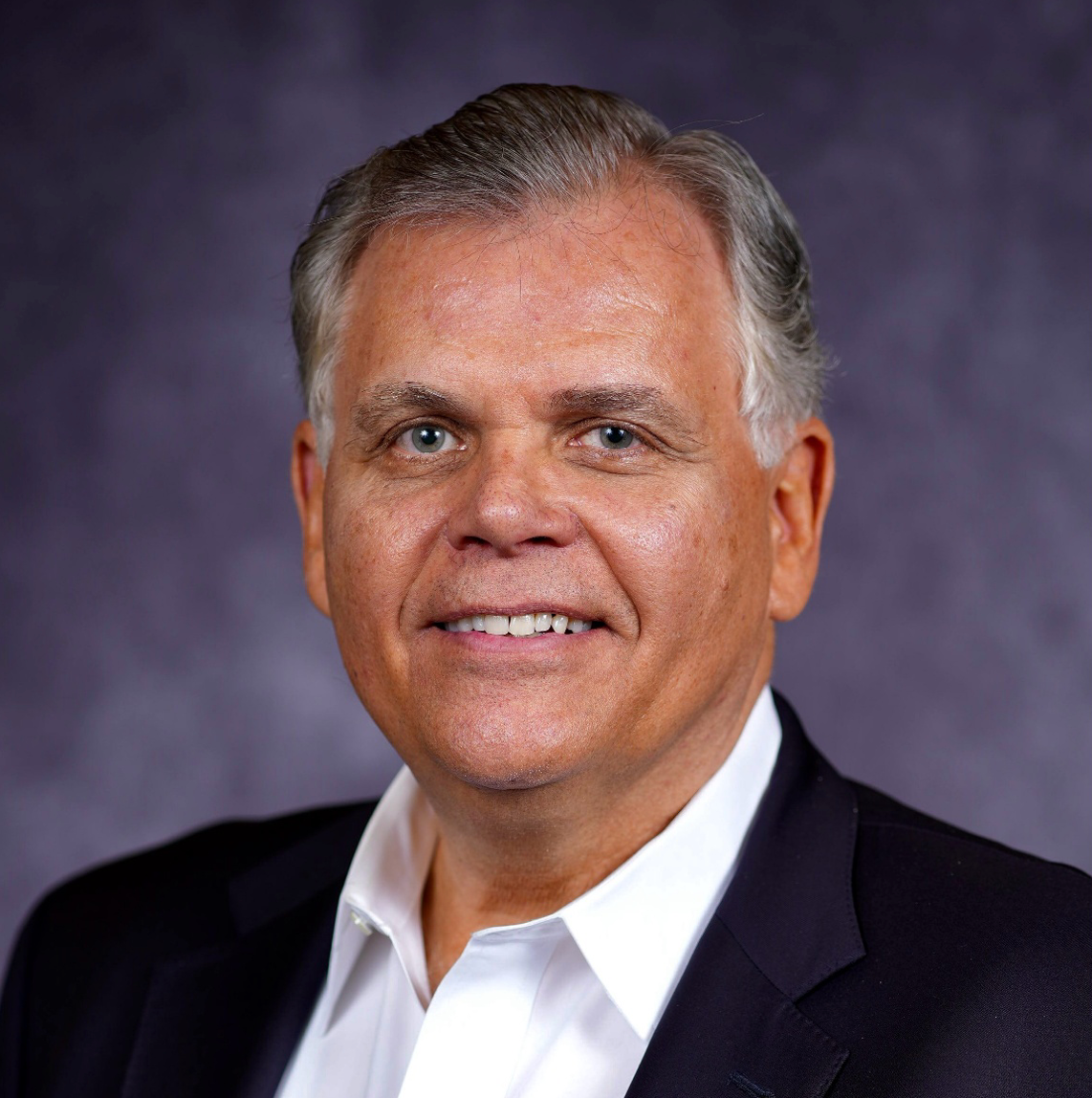A New Era in Sleep Apnea Treatment: Noninvasive Alternative to CPAP
With 90% of OSA cases going undiagnosed, the high cost of in-lab studies remains a significant barrier. A new FDA-approved, noninvasive treatment option could change that.
By
R. Kirk Huntsman
| Published on March 24, 2025
6 min read
R. Kirk Huntsman
Chairman, CEO and co-founder of Vivos Therapeutics

Obstructive sleep apnea (OSA) affects millions yet remains undiagnosed in 90% of cases, leaving countless individuals at risk of severe health complications. Traditional in-lab sleep studies, averaging $3,000 to $6,000, often deter patients from seeking care, creating barriers to treatment. The U.S. Food and Drug Administration (FDA)-approved Vivos CARE device offers an affordable new option for patients.
The Consequences of Inaction
OSA is a silent health crisis with dire consequences when left untreated. Each year, 38,000 Americans lose their lives due to sleep apnea-related complications, such as heart disease, strokes and substance abuse issues.
Beyond these fatalities, untreated OSA can lead to a wide range of health risks:
- Cardiovascular diseases: Increased risk of heart attacks, strokes and high blood pressure due to disrupted oxygen levels and strain on the heart. Patients with OSA are 140% more likely to develop heart failure and face a 30% higher risk of coronary heart disease.
- Pulmonary hypertension (PH): High blood pressure in the lungs strains the heart and raises heart failure risk. PH affects 15% to 80% of patients with OSA.
- Cognitive decline: Impaired memory and concentration caused by poor sleep and oxygen deprivation, potentially leading to long-term neurological issues. Patients with OSA are 26% more likely to develop cognitive impairment or dementia, underscoring the condition’s impact on brain health.
- Drowsy driving: Daytime grogginess significantly raises the risk of car accidents, posing a danger to individuals and others on the road. Drivers with OSA are 3.07 times more likely to be involved in crashes than those without the condition.
- Metabolic disorders: OSA is linked to Type 2 diabetes, nonalcoholic fatty liver disease and other systemic health issues. Studies reveal that nearly 73% of patients with OSA have metabolic syndrome, a condition significantly more common — 6 to 9 times — than in the general population.
Proactive and accessible diagnostics and treatment options are essential to mitigate the serious health risks associated with untreated OSA. By addressing the condition early, patients can prevent life-threatening complications like the ones mentioned.
Affordable and convenient solutions, such as at-home diagnostic devices, make it easier for individuals to receive timely care, improving overall health outcomes and reducing the burden on health care systems.
New Horizons in OSA Diagnosis
Polysomnography (PSG) has long been considered the gold standard for diagnosing OSA, but it comes with several limitations that can impact both patients and health care providers. These challenges include the following:
- High costs: Traditional in-lab sleep studies average $3,000 or more, making them unaffordable for many patients, especially those without comprehensive insurance coverage.
- Limited accessibility: Long wait times and geographic constraints can delay diagnosis, particularly in rural or underserved areas where sleep labs are scarce.
- Disruption of natural sleep patterns: The unfamiliar environment of a sleep lab can lead to the "first-night effect," where patients struggle to sleep naturally, impacting the accuracy of results.
- Single-night assessment: A one-night test may miss sporadic sleep events occurring on other nights, potentially leading to incomplete or inaccurate diagnoses.
- Discomfort during testing: Patients are connected to multiple monitors and sensors, which can interfere with sleep quality and skew results.
Advancing OSA Treatment with a Noninvasive Approach
Even though this condition affects millions, many patients struggle with the limitations of traditional treatments like continuous positive airway pressure (CPAP) machines and surgery. These options are often met with resistance due to their uncomfortable masks and complex setups. Many patients have difficulty with long-term use, leading to poor adherence and less effective outcomes. Surgery, while beneficial in some cases, carries the risks and costs associated with invasive procedures.
A new noninvasive treatment option aims to improve patient comfort and long-term adherence by addressing OSA without disrupting daily life. This approach provides an alternative to traditional methods, helping patients manage their condition more effectively. The Vivos CARE device is a noninvasive solution designed to treat OSA through a patient-centric approach. This device repositions the patient’s jaw and airflow during sleep, addressing the root causes of OSA rather than merely treating its symptoms. It can be customized to fit each patient’s needs, and in most cases, it resolves the condition in less than 12 months.
R. Kirk Huntsman, the chairman, CEO and co-founder of Vivos Therapeutics, is a distinguished leader in the dental and health care industries, renowned for founding and growing successful dental service organizations (DSOs). In 1995, he founded Dental One, expanding it to over 165 practices across 15 states before its sale in 2008. He later led ReachOut Healthcare America, a Morgan Stanley Private Equity portfolio company, and established both Xenith Practices and Ortho Ventures. Since 2016, Kirk has served as CEO and chairman of Vivos, driving advancements in dental technology. As a founding member of the Association of Dental Support Organizations (ADSO), he continues to shape the industry’s future.

